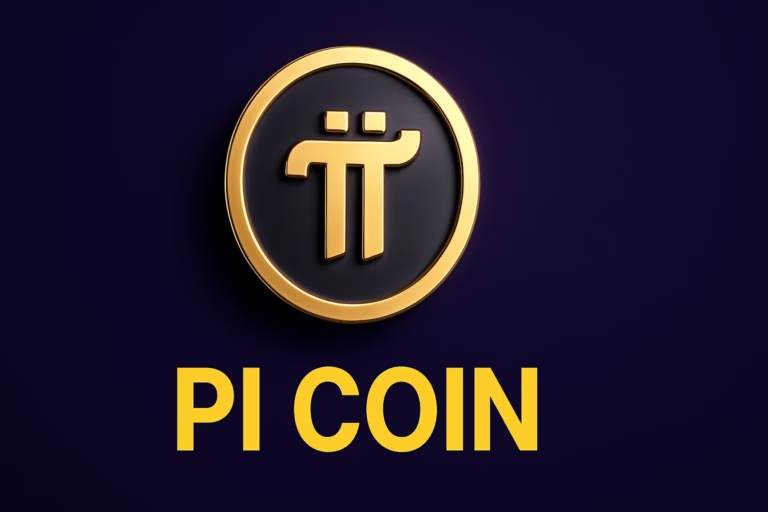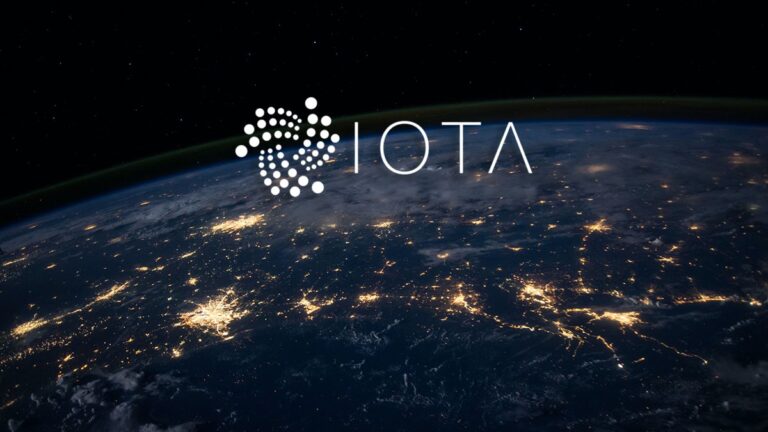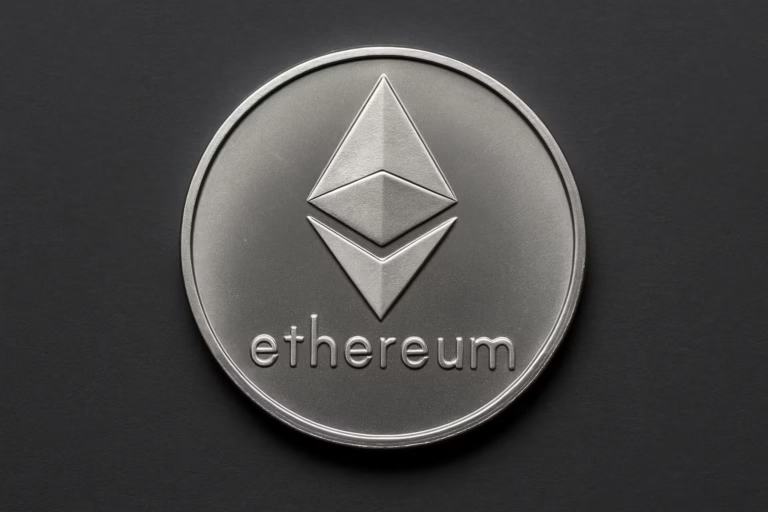
- Mantra CEO John Patrick Mullin has pledged to burn his allocation of OM tokens to restore investor confidence after the token’s dramatic 90% drop in value.
- The collapse was attributed to sudden liquidations by centralized exchanges, and Mullin is working on a recovery plan while investigating potential insider involvement.
In an effort to restore confidence in the wake of a dramatic crash, Mantra CEO John Patrick Mullin has vowed to burn his personal allocation of OM tokens. This bold move comes after the native token of the Mantra protocol suffered a devastating 90% drop in value, sparking widespread concern among investors.
The OM Token Collapse: A Shocking Decline
On April 13, 2025, OM token saw an unprecedented collapse, plunging from around $6.30 to under $0.50 in a single day. This sharp decline erased a staggering $5.5 billion from the token’s market cap, shrinking it from $6 billion to just $530 million. Although OM has since rebounded to $0.81, the token remains far below its previous highs, leaving investors questioning the future of the project.
Mullin’s Promise: A Token Burn to Restore Confidence
To regain the trust of the community, Mullin has committed to burning his share of OM tokens, part of a larger 300 million OM allocation meant for the team. While Mullin’s current holdings amount to just 772,000 OM tokens—less than 1% of the circulating supply—his promise to destroy them signals a significant gesture of goodwill. These tokens are part of a vesting schedule set to mature in 2027, and Mullin has pledged that the community will have a say in whether he earns them back once the project recovers.
Mullin took to social media to make this public commitment, stating that he would reveal his full stake in the token once the burn program is ready. However, he refrained from disclosing the total amount of OM he holds, leaving the precise scope of his involvement somewhat unclear.
The Causes Behind the Collapse
The rapid collapse of OM token has been attributed to sudden liquidations by centralized exchanges during a period of low liquidity, which triggered massive sell-offs. Mullin emphasized that neither team members nor investors sold any tokens, as all allocations are locked under a vesting schedule. Despite this, suspicions of insider activity and wallet compromises have surfaced, with over $70 million in OM reportedly moved to exchanges through a single intermediary wallet before the crash.
Looking Ahead: Mantra’s Plans for Recovery
Mantra’s underlying blockchain, built on the Cosmos SDK, aims to integrate regulatory compliance and tokenize real-world assets. Recently, the platform secured a Virtual Asset Service Provider license from Dubai’s Virtual Assets Regulatory Authority (VARA), positioning it for potential growth in regulated markets. Mullin’s investigation into the role of centralized exchanges in the OM collapse is ongoing, and further details are expected soon.
The future of Mantra and its OM token remains uncertain, but Mullin’s commitment to transparency and accountability could be the first step toward rebuilding investor trust and navigating the road to recovery.
DISCLAIMER:
The views and opinions expressed herein are solely those of the author or advertiser and do not necessarily reflect the views of the publisher. The publisher does not endorse or guarantee the accuracy of any information presented in this article. Readers are encouraged to conduct further research and consult additional sources before making any decisions based on the content provided.




